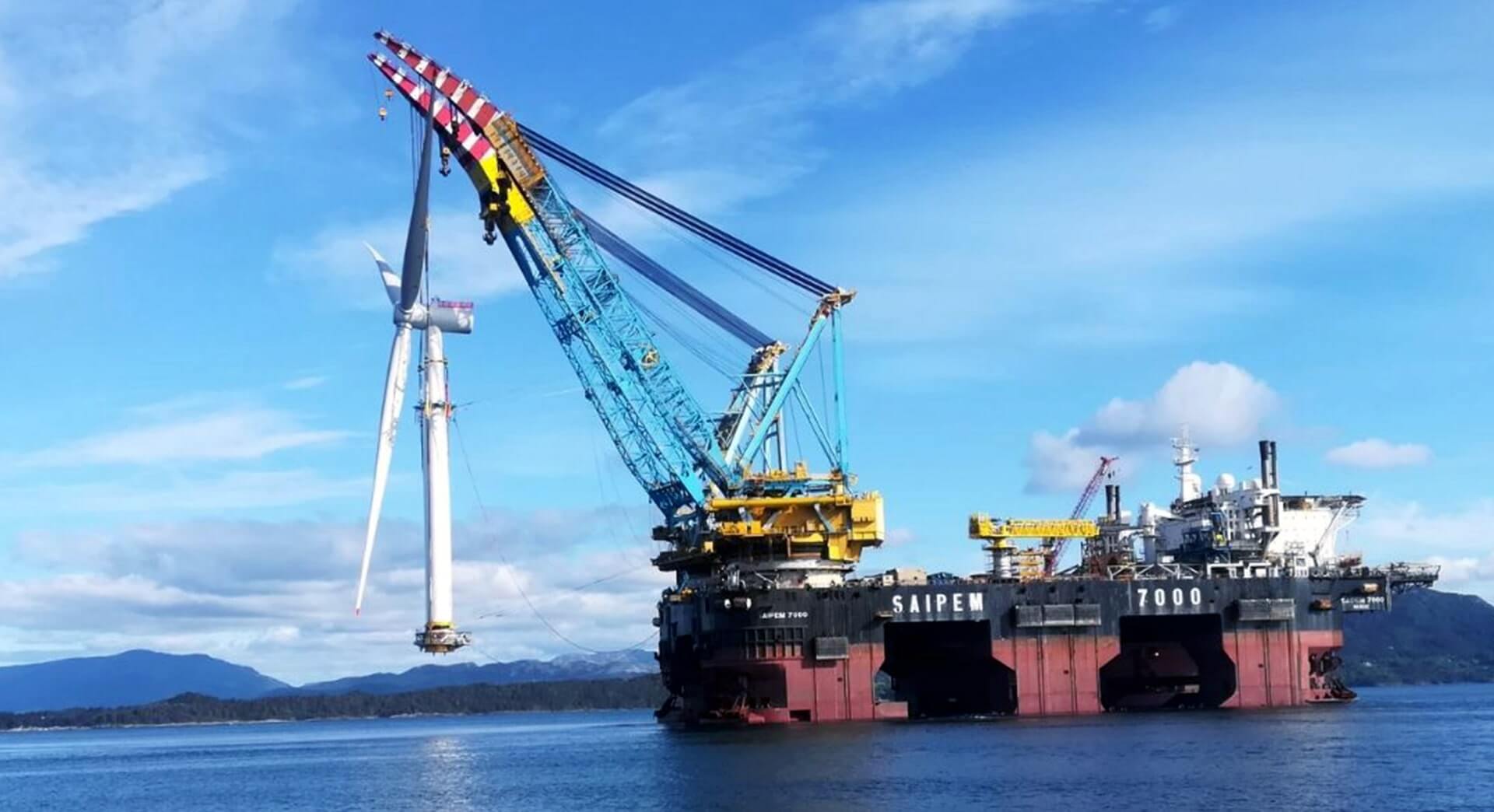


Important Notes on Applications for the 2025 Nagasaki Ocean Academy:
The number of course sessions planned for the first half of the year is as follows. Note that these are subject to change based on future circumstances:
“A0: Offshore Wind Basics (Half-Day Course)”: 2 sessions
“A1: Introduction Course”, “A2: Project Development Course”, “A3: Certification, Insurance, and Finance Course”, “A4: Floating Structures Course”, and “A5: Wind Resource Observation Course”: 1 session each
“C3: HSE Basic Course”: 1 session
The construction of an offshore wind farm begins with the shipment of materials and equipment from manufacturers, followed by maritime transport of both container cargo and ultra-heavy components, port handling and storage, subsea cable installation, foundation construction, and turbine assembly. As turbines and foundations continue to increase rapidly in scale, much of the required equipment must be sourced through international supply chains. Depending on the conditions of the installation site, the construction materials, installation equipment, vessels, and construction methods employed vary widely. Efficient planning and execution of procurement and construction management therefore play a decisive role in project CAPEX and have a significant impact on the profitability of both developers and contractors.
This course addresses the essential themes that professionals in offshore installation need to master: the overall process; procurement of construction materials and equipment (logistics, port handling, and just-in-time shipment for installation); the most widely used construction methods today; the latest methods being developed for next-generation turbines; and the risks that must be considered when working with overseas suppliers (manufacturers, contractors, consultants), together with approaches to managing them. By the end of the course, participants will gain not only broad knowledge of offshore construction but also practical skills that can be applied immediately in real-world projects.
<Offshore Wind Construction Course Day 1>
※LE=Lectrure / WS=Workshop
| 9:00 | 40min | Orientation / Introduction to NOA and NOAT | |
| 9:40 | 5min | Break | |
| 9:45 | LE01 | 65min | Overview of Offshore Wind Farm Construction |
| 10:50 | 10min | Break | |
| 11:00 | WS01 | 30min | Participant self-introductions and confirmation of learning goals / Using the construction stakeholder map |
| 11:30 | LE02 | 50min | Supply Chain What materials and equipment are used to build offshore wind farms? |
| 12:20 | 45min | Lunch | |
| 13:05 | LE03 | 60min | Port Operations Work at ports as supply chain hubs |
| 14:05 | 10min | Break | |
| 14:15 | WS02 | 60min | Case Study |
| 15:15 | 10min | Break | |
| 16:15 | LE04 | 65min | Partnership with European Specialists Key considerations when engaging specialized contractors |
| 17:20 | End |
<Offshore Wind Construction Course Day 2>
※LE=Lectrure / WS=Workshop
| 9:00 | WS03 | 30min | Review of Day 1 Learning Content |
| 9:30 | LE05 | 50min | Offshore Construction (1) Subsea Cables and Substations |
| 10:20 | 10min | Break | |
| 10:30 | LE06 | 70min | Offshore Construction (2) Foundations |
| 11:40 | 45min | Lunch | |
| 12:25 | LE07 | 60min | Offshore Construction (3) Superstructures |
| 13:25 | 10min | Break | |
| 13:35 | LE08 | 60min | Floating Offshore Wind Farms |
| 14:35 | 10min | Break | |
| 14:45 | WS04 | 60min | Case Study |
| 15:45 | LE09 | 15min | Summary |
| 16:00 | WS05 | 30min | Burn-out session At the end of the program, an optional “Burn-out Session” will be offered. This session ensures that no participant leaves with unresolved questions, while providing the sense of having fully studied to the point of burn-out. Participants are invited to share feedback, ask questions, and raise topics for open discussion. |
The lectures will follow a “forest-to-trees” approach.
● At the forest level, participants will first grasp the overall flow from project planning to the start of operations, supported by video materials.
● At the grove level, the focus will narrow to offshore installation within the project lifecycle, with attention to the following:
1. The types of offshore wind farm construction processes and their typical durations
2. The types of construction materials and equipment to be transported and installed, including dimensions, weights, quantities, and overall volume
3. The specialized vessels and equipment used to transport and install these materials and equipment
4. A stakeholder map summarizing the parties involved in these operations
● At the tree level, each lecture will delve deeper into specific operations. This lecture format will be followed consistently across all sessions. In addition to points (1) through (4), the following will be addressed:
1. The types of operations, with a clear comparison of their strengths and weaknesses in terms of characteristics, durations, and costs—helping participants understand where each method works best and where challenges may arise
2. The construction materials and equipment to be transported and installed: their dimensions, weights, quantities, and the storage and operational space required
3. The specialized vessels and equipment used for transportation and installation, covering both widely used machinery and the latest technologies under development for next-generation turbines
4. A stakeholder map outlining the contractors responsible for each type of work in Europe and Japan, identifying the go-to companies for specific operations. Rather than focusing on strengths and weaknesses, the emphasis will be on presenting the scope of services and core capabilities. For participants wishing to explore specific operations in greater detail, a separate list of contractor contacts and representatives will be provided
5. Key practical considerations: how each process is carried out, what to watch carefully in order to meet deadlines, budgets, and safety requirements, and—equally important—what kinds of mistakes can cause a project to move in the wrong direction
Second Floor, Research and Development Promotion Organization,
Bunkyo Campus, Nagasaki University,
1-14 Bunkyo-machi, Nagasaki 852-8521, Japan